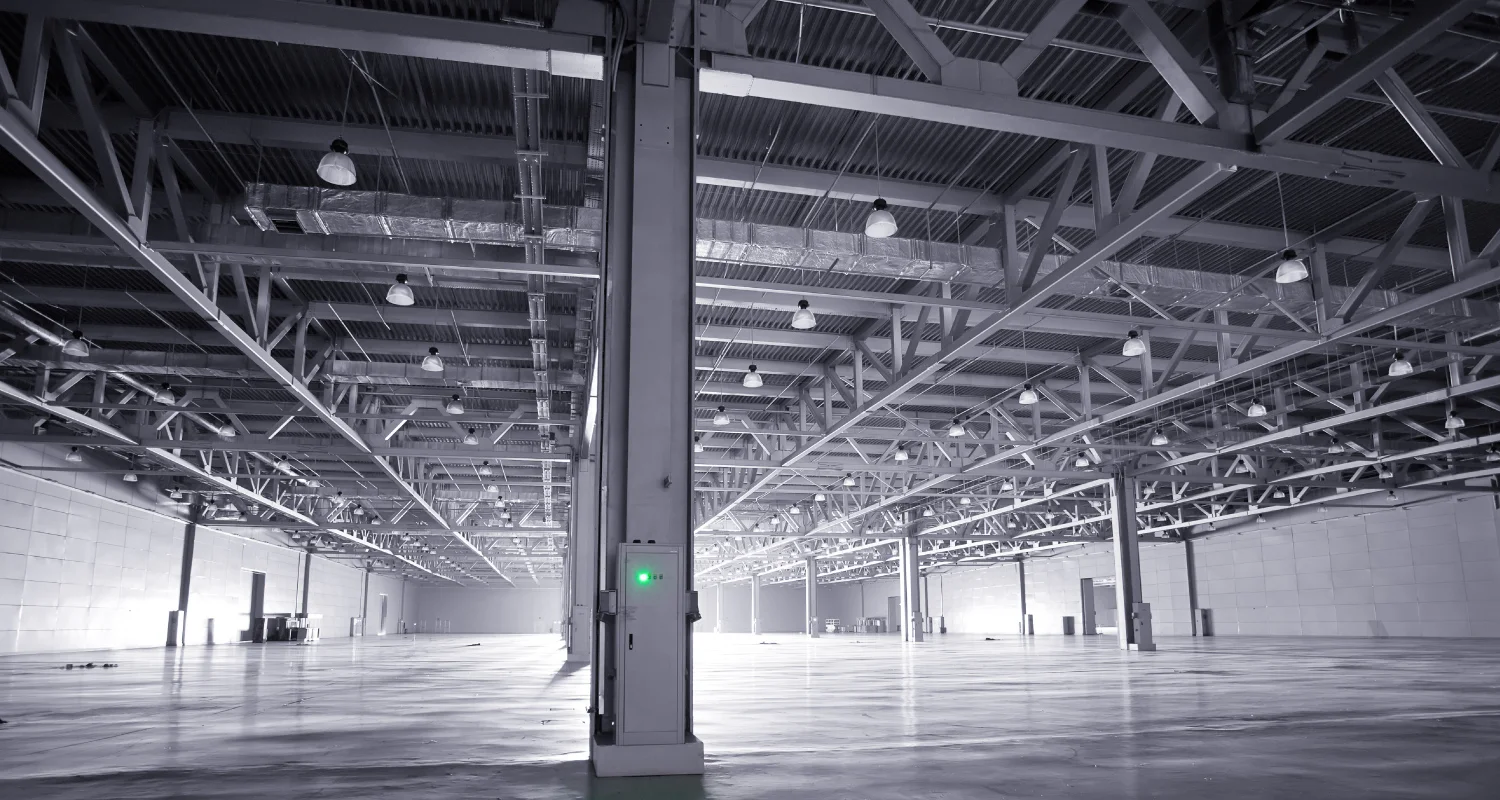During the pandemic, companies began a frenzy of reshoring, onshoring, and nearshoring and the trend seemed like it would trail off when things started to open back up worldwide. It was assumed that people would offshore again for production cost purposes and many companies would be back to relying on China and other countries for production. American companies this year have relocated their manufacturing either back to the U.S or close by at a greater rate than they did in the first six months of the pandemic. There are a few factors that go into this move, supply chain costs have risen so high that importing goods from different countries costs more than its worth, port bottlenecks have made wait times too long, and some companies are just looking to expand their capacity and want to do it on American soil.
Construction for manufacturing facilities is reaching an all-time high as well, eclipsing last year's industrial building construction numbers and vacancy for these spaces is constantly shrinking due to the high demand for space. The key to making sure that the cost of production does not skyrocket in the U.S due to the strength of the dollar is to ensure that these companies are working efficiency into each part of the manufacturing process without compromising the quality of the goods they are producing. U.S manufacturing produces more jobs which leads to more money being spent in our economy. It also means that in a time when the U.S is importing almost 80 billion dollars more goods than we are exporting, onshore manufacturing could help balance our trade deficit and allow for a boost in our economy as well.






